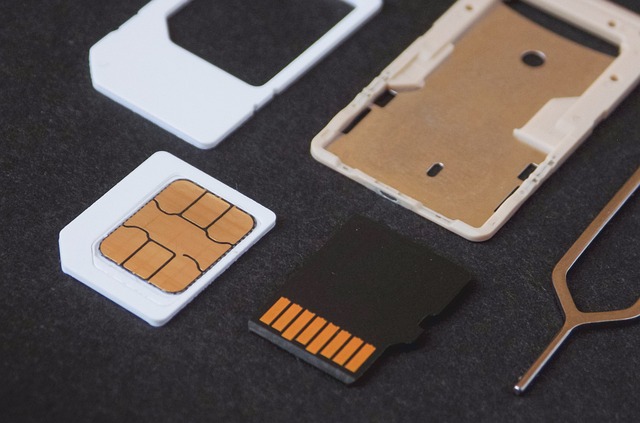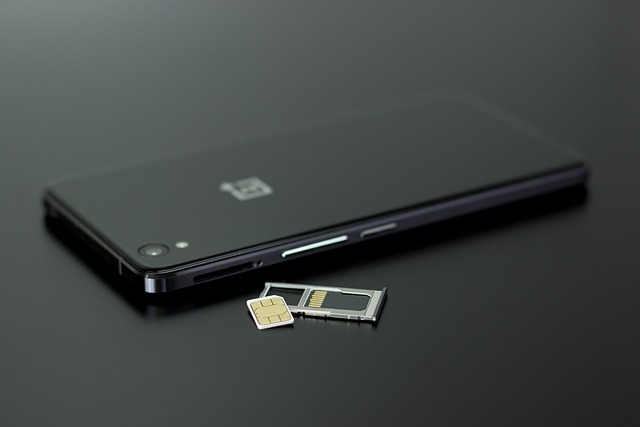Table of Contents
The Acronym for SIM is “Subscriber Identity Module (SIM)”. it is a small but powerful device that has become an integral part of our lives. It is a tiny card that contains all the information required to connect your mobile phone to a mobile network. SIM cards have been around for over three decades, and they have revolutionized the way we communicate.
What is a SIM Card?
A SIM card is a small plastic card that is inserted into a mobile phone to identify the user and connect them to a mobile network. It contains a microchip that holds all the information required to connect your phone to the network, such as your phone number, carrier information, and security credentials. SIM cards come in different sizes, depending on the phone’s model and manufacturer. They can be easily removed and replaced, making it easy to switch between devices or carriers.

Why is a SIM Card Important?
SIM cards are essential for mobile communication. They enable your phone to connect to the network and access voice, text, and data services. Without a SIM card, your phone cannot make or receive calls or messages or access the internet. SIM cards also provide security by encrypting data and providing authentication for your phone’s network connection. In addition, they allow you to roam internationally and connect to different networks without having to buy a new phone or carrier.
How Does a SIM Card Work?
When you insert a SIM card into your phone and turn it on, the phone reads the information stored on the card’s microchip. The phone then sends a request to the nearest mobile network tower to connect to the network. The network verifies the SIM card’s information and grants access to the network. Once your phone is connected to the network, you can make and receive calls and messages and access the internet.
Types of SIM Cards
There are different types of SIM cards available in the market, depending on their size and functionality. The most common types are:
Standard SIM: The standard SIM is the original SIM card size and is used in older mobile phones. It measures 25mm by 15mm.
Micro SIM: The Micro SIM is smaller than the standard SIM and is used in many smartphones. It measures 15mm by 12mm.
Nano SIM: The Nano SIM is the smallest SIM card available and is used in most modern smartphones. It measures 12.3mm by 8.8mm.
eSIM: An eSIM is an electronic SIM card that is embedded in the phone’s hardware. It does not require a physical card and can be downloaded and activated remotely.
SIM cards are essential components of mobile communication. They enable us to connect to mobile networks and access voice, text, and data services. They also provide security and authentication for our network connections. With the different types of SIM cards available, it’s easy to switch between devices and carriers without having to buy a new phone.
What is SIM in GSM?
SIM stands for “Subscriber Identity Module” in GSM (Global System for Mobile Communications) technology. A SIM card is a small, removable smart card that is inserted into a GSM mobile phone or device. It contains a unique identification number and other information that identifies the subscriber and is used to authenticate the subscriber on the mobile network.
FAQ
What is a SIM card?
A SIM card is a small, removable smart card used in mobile phones and other cellular devices. It securely stores the subscriber’s identity, phone number, network authentication data, and other essential information required for connecting to a mobile network.
How does a SIM card work?
When you insert a SIM card into a compatible device, the device reads the information stored on the card. It then communicates with the mobile network, providing the necessary authentication credentials to establish a connection to the network, allowing you to make calls, send messages, and access mobile data services.
What are the different types of SIM cards?
There are several types of SIM cards based on their physical size and functionality. The most common types are Standard SIM (mini-SIM), Micro SIM, and Nano SIM, each progressively smaller in size. Additionally, there is the Embedded SIM (eSIM), a programmable SIM that is built directly into some devices and doesn’t require a physical card.
How do I insert or remove a SIM card from my device?
The process varies depending on the device model. Generally, you’ll need to locate the SIM card tray (usually found on the side or top of the device) and use a SIM ejector tool or a paperclip to gently push the tray out. Then, place the SIM card in the tray following the correct orientation, and push it back into the device.
Can I use the same SIM card on different devices?
Yes, you can use the same SIM card in multiple compatible devices, as long as the devices are not locked to a specific carrier. However, some modern devices use eSIMs, which can only be programmed for one carrier at a time, limiting their transferability.
What is an eSIM?
An eSIM (embedded SIM) is a virtual SIM card that is embedded directly into a device during manufacturing or can be remotely activated over the air (OTA). It eliminates the need for a physical SIM card, making it particularly useful for devices with limited physical space, such as smartwatches and IoT devices.
How do I activate an eSIM?
To activate an eSIM, you’ll need to contact your mobile carrier or use their app to obtain a QR code or activation code. Then, go to the device’s settings, look for the eSIM section, and follow the on-screen instructions to scan the QR code or enter the activation code provided by your carrier.
Can I switch carriers with an eSIM?
Yes, eSIMs offer greater flexibility in switching carriers. Instead of physically changing the SIM card, you can switch to a new carrier by contacting them, obtaining a new eSIM activation code, and following the activation process for the new carrier.
Are there any security concerns related to SIM cards?
SIM cards are designed with security in mind and use encryption algorithms to protect sensitive data. However, like any technology, they are not immune to vulnerabilities. There have been some reported instances of SIM card vulnerabilities, but manufacturers and carriers continuously work to address and mitigate such risks.
Can I use my SIM card internationally?
Yes, you can use your SIM card internationally, but it depends on your carrier’s roaming agreements. Some carriers offer international roaming plans, allowing you to use your phone in other countries, while others may require you to purchase a local SIM card in the destination country to avoid expensive roaming charges. Always check with your carrier before traveling internationally.
Also, read Assam’s capital






























Comment on “SIM full form – Subscriber Identity Module”
Comments are closed.